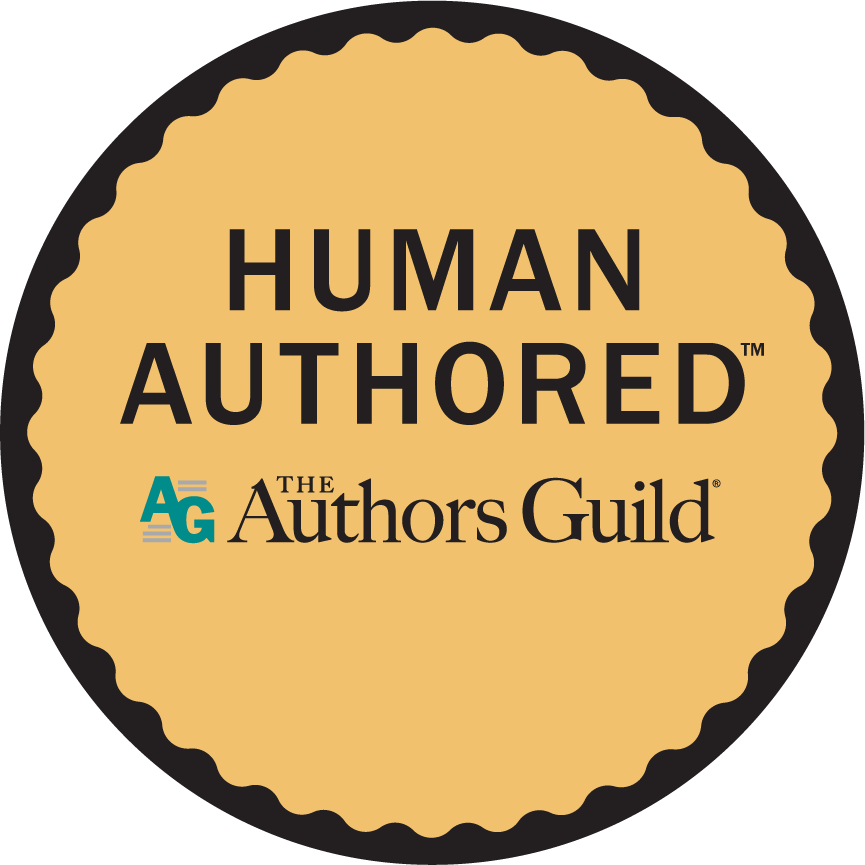The requested member profile is not available.
Member Profiles
Connect with Authors Guild members using our Member Profile pages. These Profiles are *opt in* so only those members who have chosen to be listed are included.
Already a Guild member and don't see your name listed?
Click here.
Fiction & Literature, Horror / Thriller, Mystery & Crime, Sci-Fi & Fantasy, General Non-Fiction
Bryan, TX
Fiction & Literature, Entertainment & Culture, Humor, Romance, Teens, Biography & History, Essays
Marina del Rey, CA
Fiction & Literature, Mystery & Crime, Humor, Sci-Fi & Fantasy
Fiction & Literature, Horror / Thriller, Cooking / Food & Wine, Romance
Stafford, VA
Fiction & Literature, Sci-Fi & Fantasy, General Non-Fiction, Mystery & Crime, Entertainment & Culture
Ave Maria, FL
Fiction & Literature, Romance, Children, Sci-Fi & Fantasy, Teens
Fiction & Literature, Horror / Thriller, Cooking / Food & Wine, General Non-Fiction, Biography & History
Mansfield Center, CT

